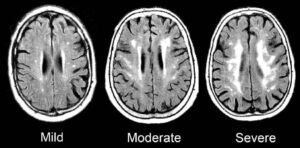 Older adults often have balance and walking problems. Most of these issues are related to small vessel ischemic changes in the brain. Although the disease doesn’t happen to all adults, it’s a common issue for most of them. Recent studies show that 95% of adults aged 60-90 showed signs of cognitive decline.
Older adults often have balance and walking problems. Most of these issues are related to small vessel ischemic changes in the brain. Although the disease doesn’t happen to all adults, it’s a common issue for most of them. Recent studies show that 95% of adults aged 60-90 showed signs of cognitive decline.
So, what is cerebral small vessel disease? The term covers many abnormalities related to small blood vessels in the brain. In most cases, cerebral SVD is a consequence of atherosclerosis affecting the smaller blood vessels that nourish brain tissue. Some of the most vivid examples of cerebral SVD include “lacunar infarcts” (small stroke), “white matter hyperintensities” (radiological finding), and “cerebral microbleeds.”
Many adults with cerebral SVD do not have any noticeable symptoms. Many adults may have problems associated with the disease. Let’s consider some of them.
- When problems with thinking skills are associated with SVD, this can be called “vascular cognitive impairment.”
- Walking and balance problems.
- Here is also an increased risk of a stroke.
- Older people can also have a higher risk of depression.
- Transition to disability or death.
Older adults experiencing any of the abovementioned problems have a higher probability of having cerebral SVD.
